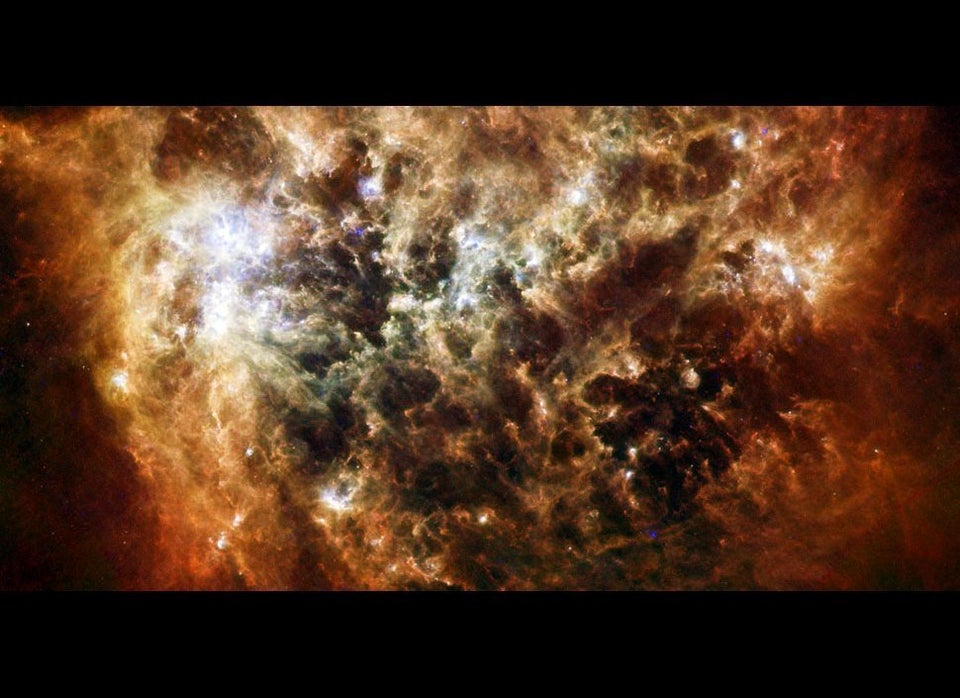NASA announced Monday the discovery of Kepler-22b, the first planet the Kepler spacecraft has discovered in the habitable zone, an area with a distance from a star where temperatures will permit the existence of liquid water.
The discovery of Kepler-22b, which is 600 light-years away from Earth, brings scientists one step closer to finding a planet that could possibly harbor life.
"This is a major milestone on the road to finding Earth's twin," Douglas Hudgins, Kepler program scientist said in a statement. "Kepler's results continue to demonstrate the importance of NASA's science missions, which aim to answer some of the biggest questions about our place in the universe."
IMAGE BELOW
Kepler-22b has several Earth-like characteristics: The new planet's temperature is around 72 degrees Fahrenheit and its radius is 2.4 times Earth's. The planet completely orbits its star, which is similar to our sun, every 290 days, just 75 days shy of an Earth year.
Last week, the National Optical Astronomy Observatory announced the discovery of Kepler-21b, a new planet with a radius 1.6 times Earth's. But unlike Kepler-21b, which is only about 3.7 million miles away from its sun and is therefore a scorching 2,960 degrees Fahrenheit, Kepler-22b is about 79 million miles from its sun, coming in at a pleasant 72 degrees.
Still, NASA says it's not yet clear if Kepler-22b is composed of rock, gas or liquid.
Scientists use the Kepler spacecraft to discover new planets by analyzing extremely faint dips in light from far-away stars. These "dips" occur each time the planet passes between the Kepler and its sun, therefore obstructing the star's light. In order for a planet to be confirmed, scientists must observe the celestial body orbit its sun three times.
Since Kepler-22B takes 290 days to orbit its sun, it took nearly three Earth years for scientists to confirm that it was a planet. Steve Howell, a scientist at the NASA Ames Research Center who's on the Kepler team, told The Huffington Post that scientists first noticed the a drop in light only days after Kepler was launched in 2009.
"We were just real lucky," Howell told HuffPost. "We saw the first hint of this three days after we started doing science operations right after launch."
According to CNN, the Kepler spacecraft has led to the identification of 2,326 planet candidates since its mission began.
But the most thrilling discoveries are still to come.
"It's tremendously exciting," Howell said, adding that the Kepler spacecraft continues to find planets more and more like Earth. "We're moving out to orbital periods that are nearly and equal to the Earth, and that means very soon we're going to be finding [planets] very near the earth, what we'd call true earth analogs. We'll be there. We'll be there probably within a year, very easily."
LOOK: Kepler-22b System
